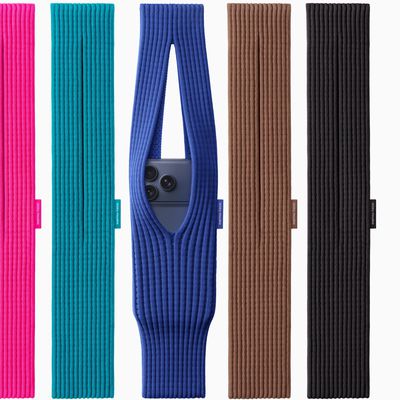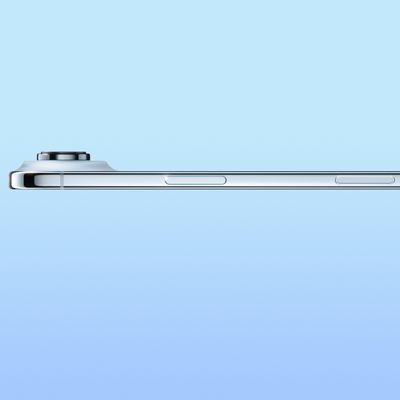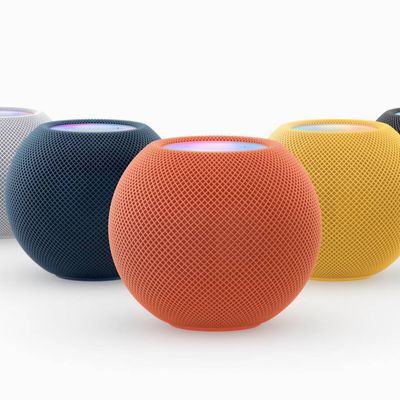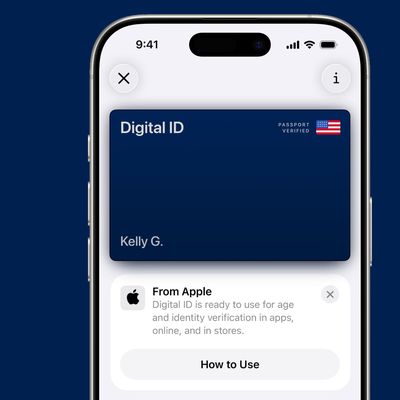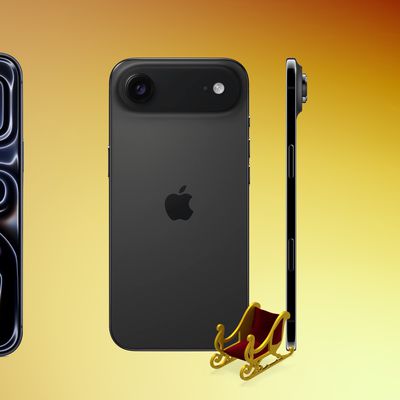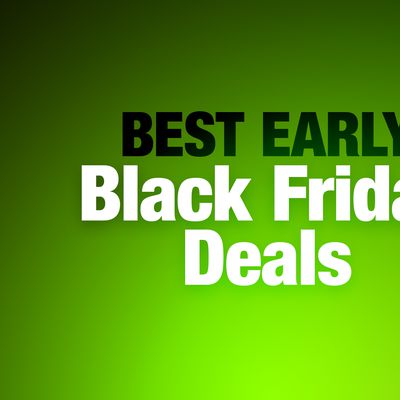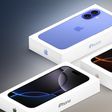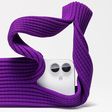In today's iOS 15.4 beta that's available to developers, Apple added a useful new feature that changes the way Face ID works. There's now a Face ID with a Mask option that allows the iPhone to be unlocked when you're wearing a mask, but you need to have an iPhone 12 or newer.

Right now, an iPhone can be unlocked with a mask if you have an Apple Watch for authentication to add an extra layer of security, but the new option removes the need for an Apple Watch. Face ID with a Mask works by recognizing the area around the eye when a mask is worn, which is less secure but more convenient. Unlike Face ID with the Apple Watch, the mask version works with Apple Pay and can be used to authenticate third-party apps.
Unfortunately, Face ID with a Mask is limited to some of Apple's newest iPhones, even though Face ID has been available since 2017 with the launch of the iPhone X. As noted on our forums, Face ID with a Mask is only an option on the iPhone 12 and later, so you'll need an iPhone 12, 12 mini, 12 Pro, 12 Pro Max or an iPhone 13, 13 mini, 13 Pro, or 13 Pro Max.
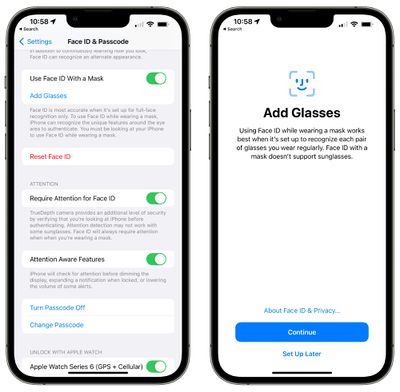
If you have an iPhone 11 or earlier, you will not see the Face ID with a Mask setup screen when updating to iOS 15.4, nor will you have the option to toggle it on in the Settings app.
It is not clear why Apple has limited Face ID with a Mask to the iPhone 12 and newer, but there may be some differences in Face ID hardware over the years that allow it to work for some devices and not others in terms of reasonable security. It's also possible that Apple will expand Face ID with a Mask to older iPhones in future betas.





